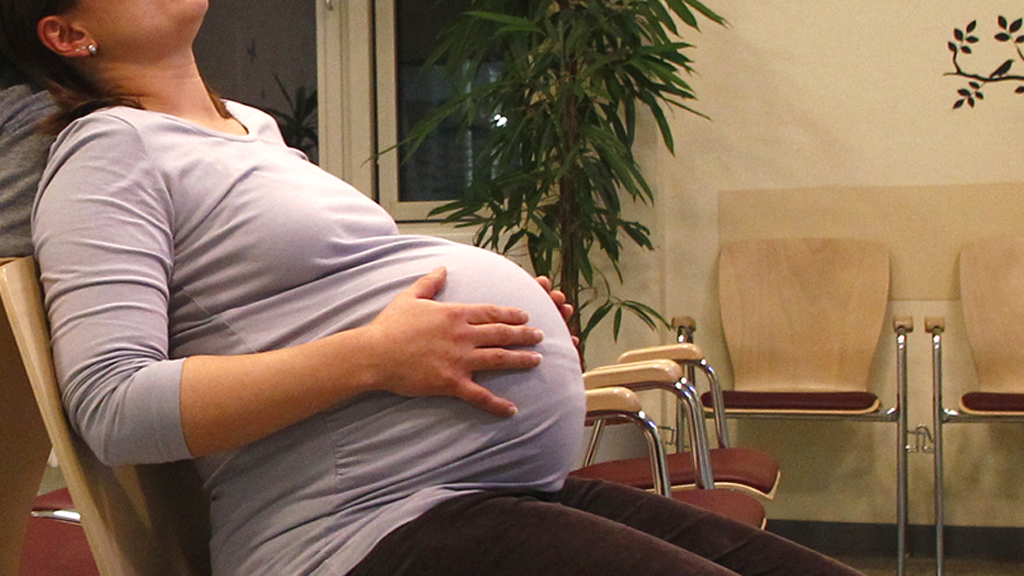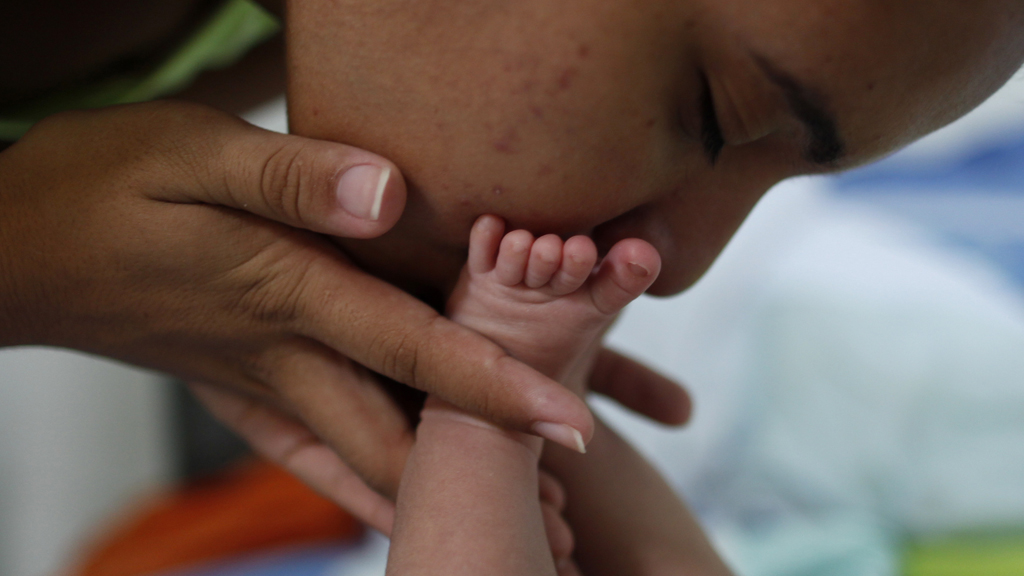‘Three-parent’ IVF baby plans get thumbs-up
The UK’s fertility watchdog says that creating a baby through IVF, using the DNA from three separate people, should be considered by the government.

This afternoon the UK moved a step closer to the possibility of allowing a baby to be created with DNA from three different people.
Following scientific debate and public consultation, the UK’s fertility watchdog, the Human Fertilisation and Embryology Authority (HFEA), has advised the Government there is no scientific evidence to say the advance form of IVF is unsafe; but it has recommended that regulation and safeguards be put in place.
Professor Lisa Jardine, chair of the HFEA, told a press conference: “This is advice, this is not a decision we can make. It is now up to parliament to consider whether this technique is permitted in treatment.
“We have no idea when this will be available. It’s likely to be years – it is not a short timeframe. We took the public temperature and there is broad support to give families at risk a chance of having a healthy child.”
Genetic disorder
The technique would give a baby DNA from a father, a mother as well as a female egg donor, to eradicate mitochondrial disorders which are debilitating and fatal. Children born after the procedures would possess nuclear DNA inherited from their parents plus mitochondrial DNA from a female egg donor.
The procedure would be used to stop the transmission of defective mitochondrial DNA passed on from mothers to their babies.
Mitochondria are rod-shaped power plants in the bodies of cells that convert energy from food into a form that cells can use. Although most DNA is packaged in chromosomes within the nucleus, mitochondria also have a small amount of their own DNA.
‘My mother was a carrier’
Rachel Kean has a rare form of mitochondrial disease. Her maternal aunt died as a result of the condition and it was because of this that Rachel was eventually referred to a mitochondrial disease specialist.
“My mother was a carrier. But I only learnt about my condition three years ago when I was about to enter my final year at Cambridge University,” she told Channel 4 News. “I had struggled with illness in my early life, but had no idea why until the screening. In my first meeting with experts they told me that adoption and egg donors were my only option for having children because I was likely to pass this condition onto my own children.
“It was a lot to take in at the age of 22.”
Faulty mitochondrial genes can lead to a wide range of serious disorders including heart malfunction, kidney and liver disease, stroke, dementia, and blindness, as well as premature death. Around 6,000 adults in the UK are believed to be affected by mitochondrial diseases. It is unpredictable and there is no cure.
HFEA recommendations
Among the recommendations, HFEA has advised that any changes to the law should be only for the modification of mitochondria to overcome serious diseases and that there should still be a ban on changes to the main nuclear DNA, which contains the vast majority of a person’s genetic code.
It also recommended continuing research and that any children born through these techniques be monitored closely. Mitochondria donors should be thought of as “tissue donors”, HFEA added, and a child should not have a right to identify information about the donor.

Reproductive choice
Rachel believes the development of the technique is “something to be celebrated”.
She added: “It’s not just about women with mitochondrial disease being able to bear their own children – I would happily consider adopting or fostering a child. It is about having reproductive choice, and above all it is about preventing the transference of mitochondrial disease wherever possible.
“For some families, this technique may have the potential to halt the suffering that these brutal diseases have inflicted across generations. This technique is not a ‘slippery-slope’. The donor will not pass on any personal characteristics – just the power source for cells.”
Scientists at Newcastle University have devised two techniques which they say could help hundreds of women have healthy children.
The first is pronuclear transfer which involves transferring nuclear DNA out of a day-old embryonic cell containing defective mitochondria. The DNA is planted into another single-cell embryo whose mitochondria function normally. The donor-embryo’s own nuclear DNA is discarded, but it still contains the normal mitochondria of the woman whose egg was fertilised to create it. As it grows, the embryo produces a baby with DNA from three sources – nuclear DNA from the original parents, plus a tiny amount of mitochondrial DNA from the woman egg donor.
The second technique, maternal spindle transfer (MST), is similar but involves transferring nuclear DNA from an unfertilised egg to a donor egg. The egg is then fertilised using the father’s sperm.
‘Ethically acceptable’
Hugh Whittall, director of the Nuffield Council on Bioethics, said: “The council concluded that the two new techniques represent an ethically acceptable treatment option for families affected by mitochondrial disorders, provided further research shows they are likely to be sufficiently safe and effective, and that families are offered appropriate information and support.
“Long term follow-up of any children born via this method would be crucial. Given that only some elements of the donor egg are used, not including the cell nucleus, we do not believe that it is legally or biologically correct to refer to the mitochondrial donor as ‘third parent’ of the resulting child. We therefore argue that mitochondria donors should not be treated in the same way as egg donors for IVF, for example, they should not be required later to be identifiable to those born from their donation.”
But the notion that a child could be born containing the DNA from three people has opened up a debate not just about the advancement of science but issues surrounding ethics and identity.
Josephine Quintavalle from Comment on Reproductive Ethics (CORE) told Channel 4 News: “There is no possible way of predicting whether this would be safe or successful without implanting the resulting embryo, and so any future child would be created in a highly experimental way.
“Of course we want cures for genetic disease, but not this way. We can only hope that parliament says no.”
Campaigners at Muscular Dystrophy however, welcomed the news saying it has taken years to reach this stage and keeping up momentum now is vital.
-
Latest news
-
As India goes to the polls in the world’s largest election – what do British-Indians think?6m

-
Tees Valley: Meet the candidates in one of the biggest contests coming up in May’s local elections4m

-
Keir Starmer says public sector reform will be a struggle7m

-
Nicola Sturgeon’s husband Peter Murrell charged with embezzlement of funds from SNP1m

-
Ukraine might finally get $60billion in American weapons and assistance to defend against Russia3m

-




